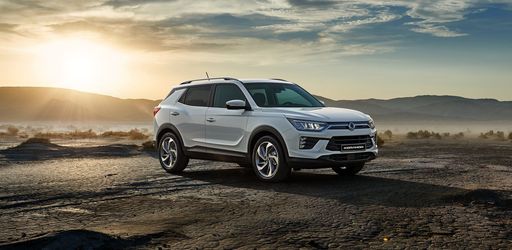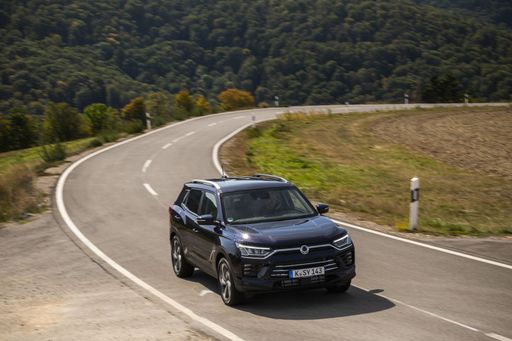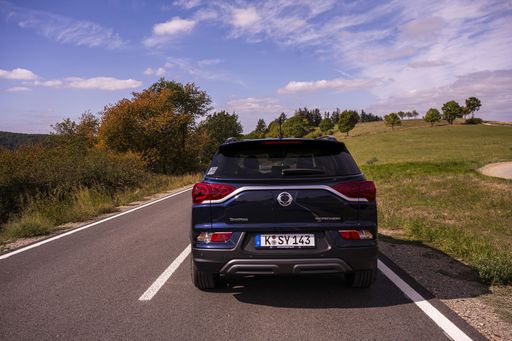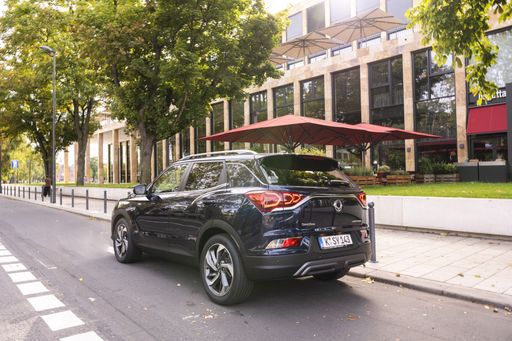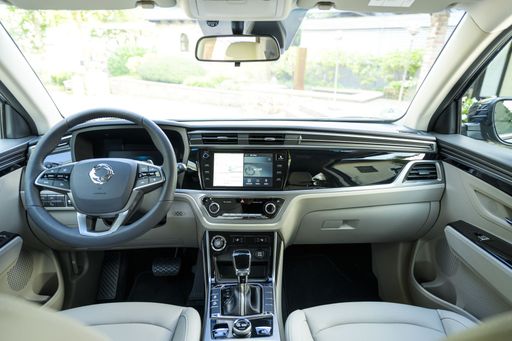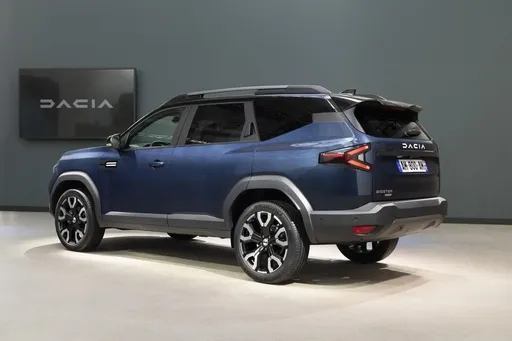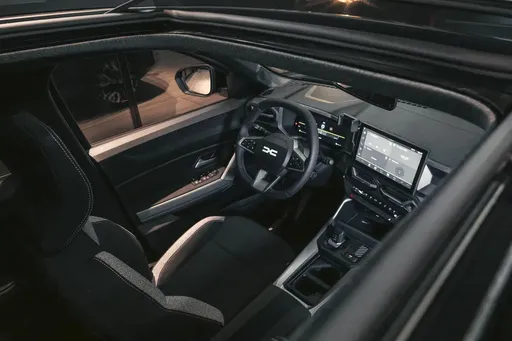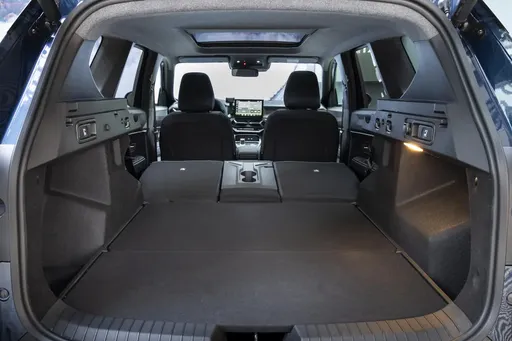Porównanie SUV-ów: SsangYong Korando vs Dacia Bigster
Segment SUV-ów wciąż cieszy się niesłabnącą popularnością, a nowe modele przyciągają uwagę szerokiej gamy klientów. W tym artykule przedstawiamy porównanie dwóch wyrazistych oferentów na rynku: SsangYong Korando oraz Dacia Bigster. Jakie innowacje techniczne oferują i jak wypadają w bezpośrednim starciu?


